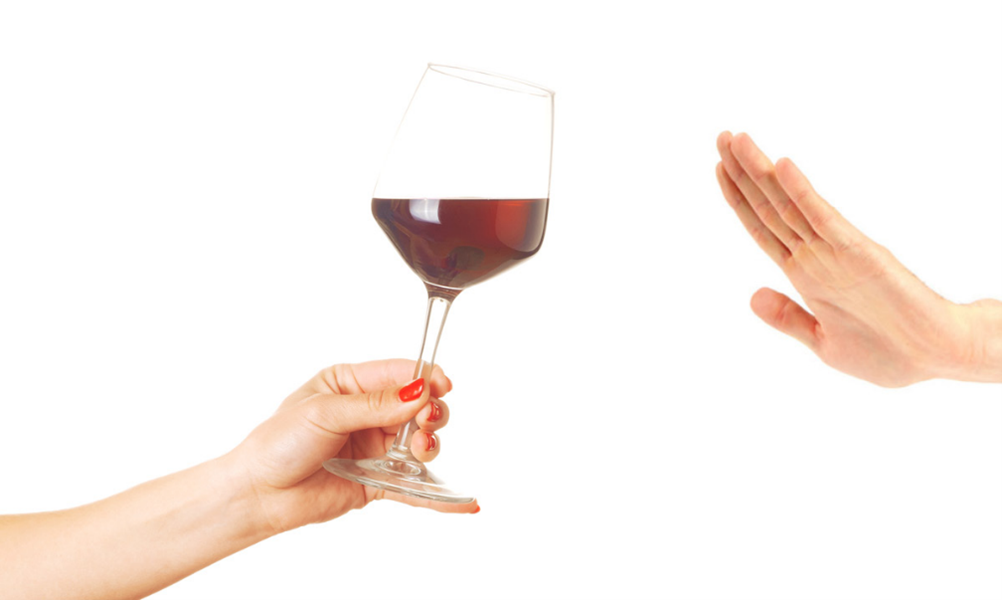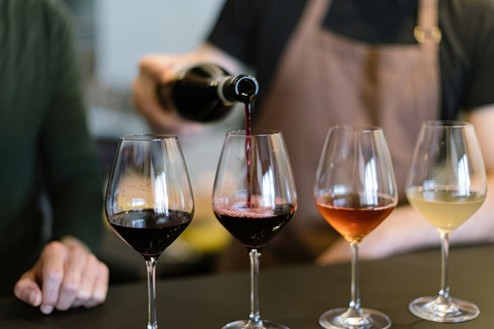We love wine. We love tasting it, drinking it with meals, talking about it, reading about it and writing about it. But we can’t overlook the fact that wine is a product that contains alcohol. So when people go wine tasting, they need to be aware of the effect that the alcohol is having and will have on them.
Photo courtesy of Metro Parent.
Here are some tips that can help wine tasters to avoid excess when they are visiting wineries.
- Know your capacity and limit the number of wineries you visit in a day accordingly.. Before the era of seated tastings, visitors could step up to a tasting room bar and sample only one or two wines that they were interested in. Now, especially with the higher cost of wine tasting, each winery tends to serve more. Take that into account in choosing your destinations and keeping the number within a reasonable range.
- Sip, don’t drink. There is probably no more important advice to wine tasters than this. If you are wine tasting, you only need a sip or two to know what a wine is like and if it’s for you. Oh, there’s still wine in the glass? Pour it out. That’s what those buckets are for. Professional wine people don’t even swallow; they put some in their mouths, taste it and spit it out. They have to, because they taste so many in a single session. Learn from the pros: You’re there to taste, not drink.
- Share a tasting. A good way to limit your intake without cutting into your tasting pleasure is to share the wine. The server will not mind you asking just for one glass even if you are two people, saying that you will share the tasting. After all, you are going wine tasting not wine drinking. Believe us, no one will care that you are being prudent and you will appreciate your time in Wine Country all the more.
- Consider in-town tasting. There are excellent locales for wine tasting (such as Santa Barbara, Montepulciano or Los Olivos) where you can visit a tasting room, walk to the next and all the nexts after that, finally walking back to your hotel. You can slacken your inhibitions a bit because you won’t be driving. Of course, a day in town followed by a drive back home doesn’t work.
- Let someone else drive. If, in an honest analysis, you realize that almost any amount of wine is going to impact you too adversely to drive, plan in advance not to get behind the wheel. Maybe there’s someone in your party who won’t taste and can be the chauffeur. Or you could take a tour. In lots of places, you can call for an Uber or you can hire a car and a driver for the day. Just don’t be a risk to yourself and others around you.













